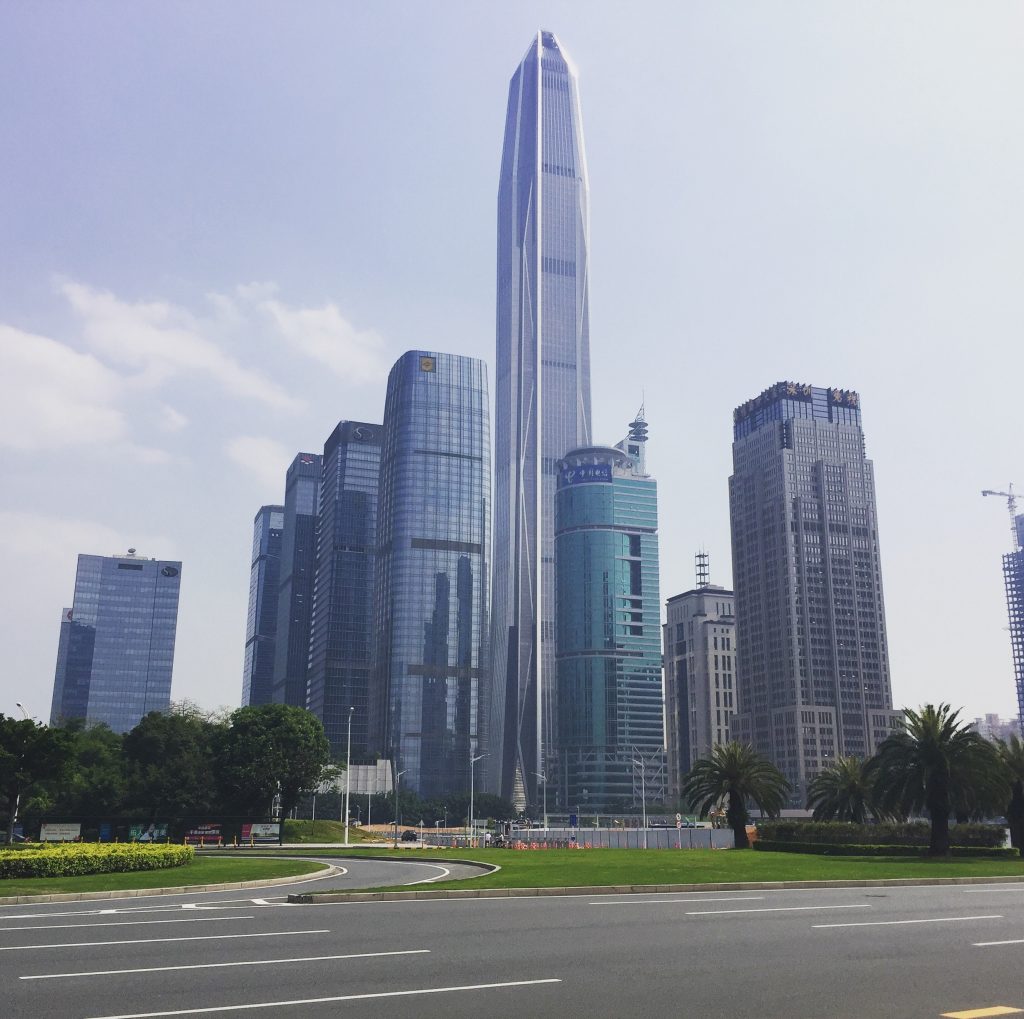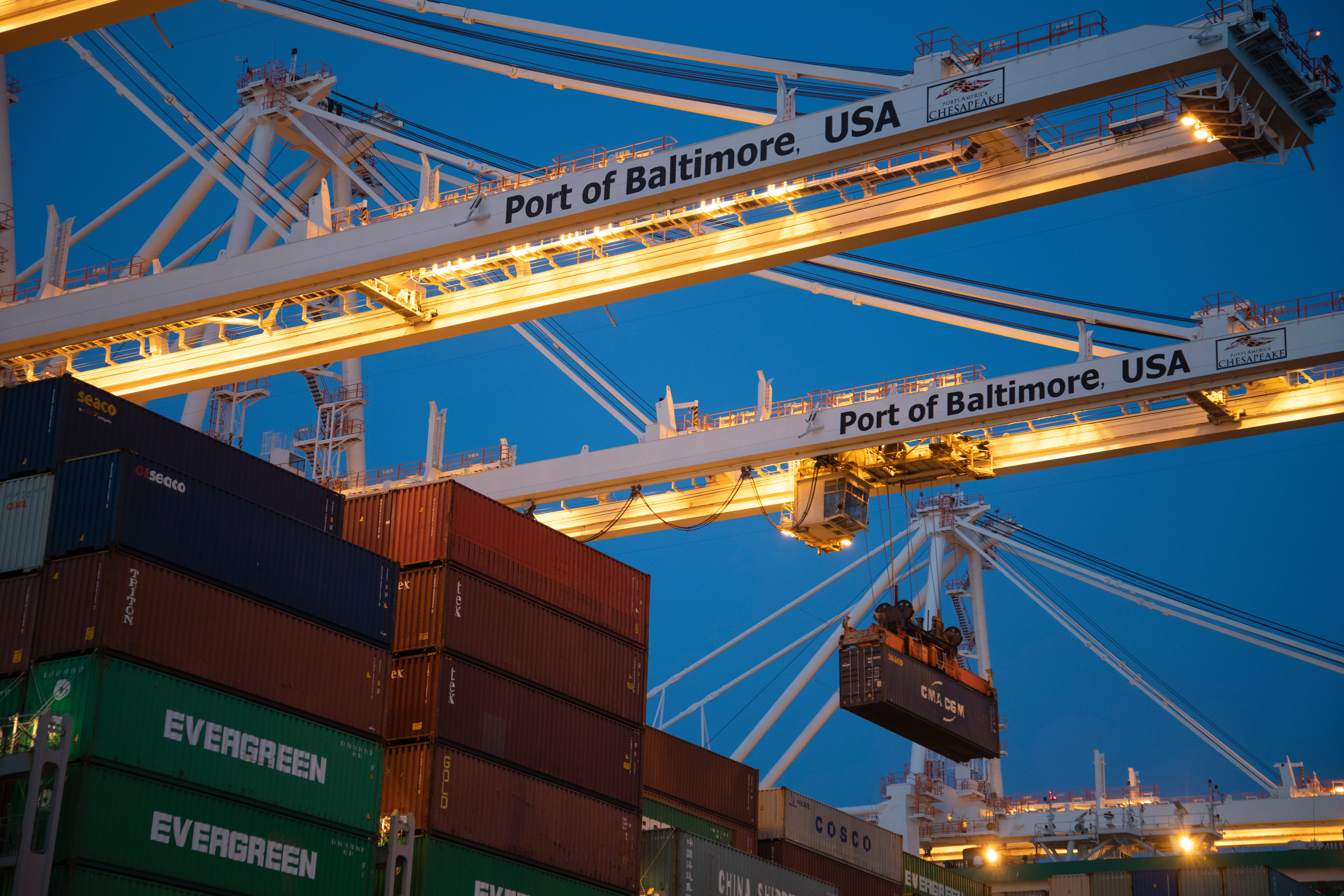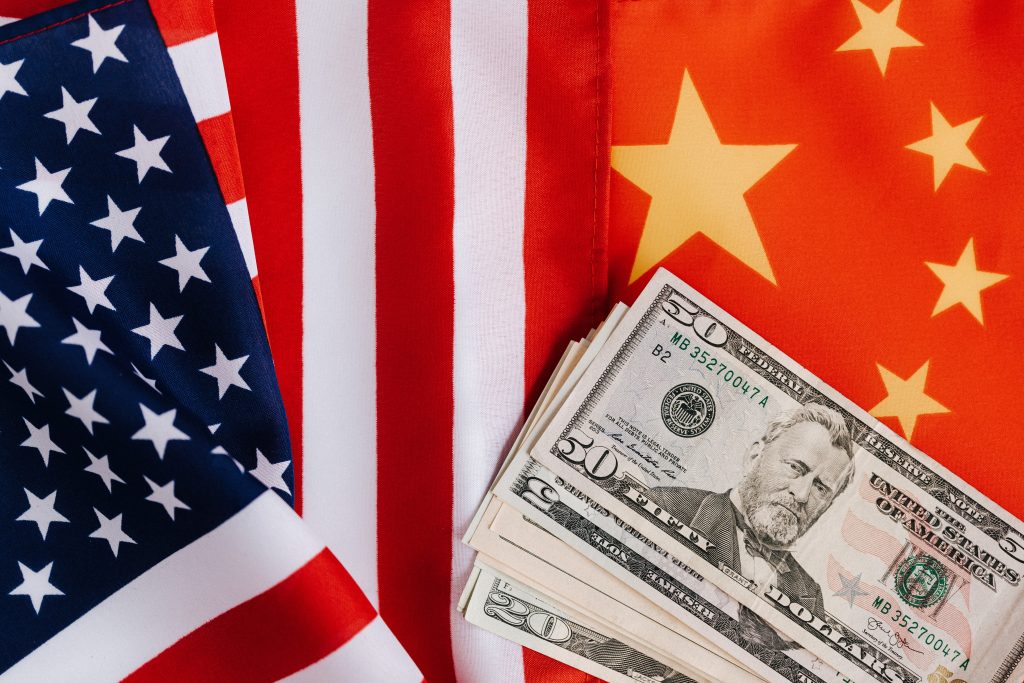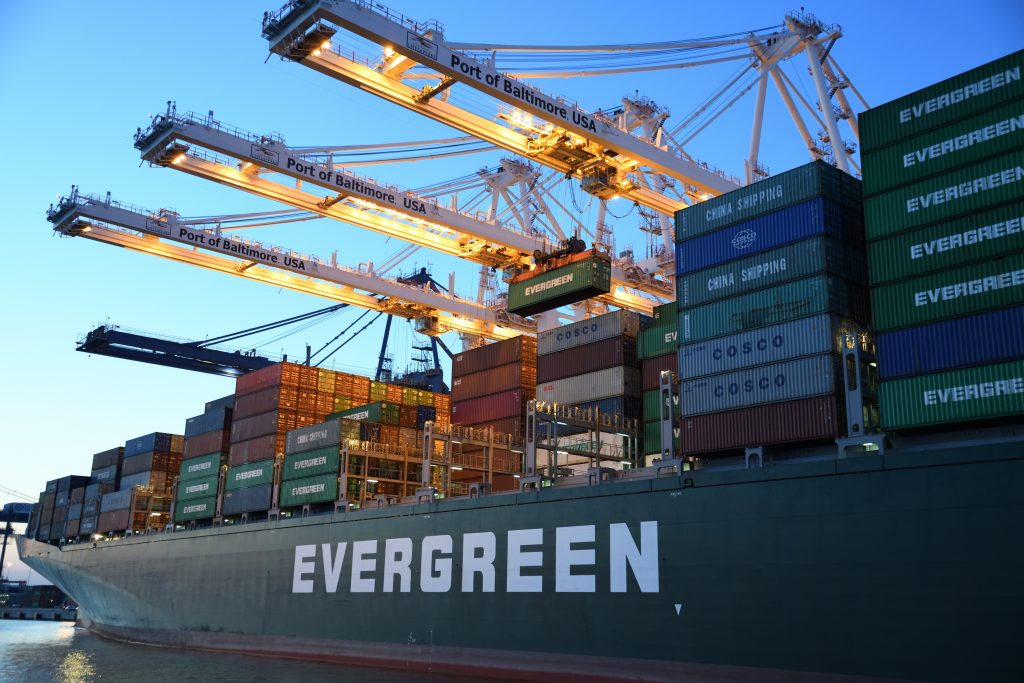Once you’ve gotten to the point in your ecommerce journey where you’re ready to begin volume production of your products, you’ll inevitably be faced with the logistics of providing payment to your supplier.
When it comes to payment, there are a range of options for you and your supplier. The least favorable would be for you to provide a 100% deposit for the order, prior to manufacture, while the most favorable would be for you to provide no deposit for the order, and provide payment at a later date, in some cases even after delivery of goods. There are of course, many options in between, and it’s up to you and your supplier to come to a mutually agreeable arrangement.
Because I used to work in sales for a company based in China that exported products, and now run my own business importing products from China, I’ve gained some unique experience and perspective from both sides. Below, I’ll go over some of the most common payment terms arrangements that will hopefully be useful to you when working with Chinese suppliers.
But First, Why Payment Terms?
When you receive your first quotation from a supplier, you’ll most likely first notice and check for unit pricing, lead times and minimum order quantities. You might not immediately notice that the quotation asks for “100% deposit prior to manufacture.”
In plain english, this means you have to provide full payment before they accept and begin working on your order. You might think: “I’ve never worked with these people before – what if they run away with my money?”

That is definitely a natural and understandable reaction, and you are right that there is very little recourse for you if things go awry. Before you angrily go to your supplier and demand a modification to these payment terms, it might help to understand the perspective of the China supplier, and why they are asking for all of this up-front money.
- The China supplier does not know who you are, and also sees you as a potential financial risk. From the supplier’s perspective, they are also taking on a risk that you will cancel your order or refuse the shipment. Since they most likely have to purchase raw materials on your behalf to begin production for you, without a down payment or deposit from you, they would be on the hook for those costs if you end up cancelling your order or become insolvent.
- The idea of business-to-business credit worthiness is a somewhat foreign concept in China. In the US, there is a well established culture and process for consumers and businesses to receive loans. Credit scores and references are commonly used in the US, but from the Chinese perspective, “Equifax” credit scores or credit references from “Northern Trust Bank” don’t mean as much as they might to a US-based person. Most businesses within China operate on a cash-with-order basis, meaning your supplier’s suppliers are also asking for all or nearly all of the cash up front.
- Manufacturing in China is a low-margin business. You may find that their material costs are 30-50% of the price they quote you. While you might not be a huge customer (yet!), but in aggregate, not having the funds up front can also become a cash-flow challenge for a low-margin business.

Especially when doing business across borders, contracts and agreements are difficult to enforce. As a result, when you send funds to a supplier, there is always going to be a risk that something will go wrong, but the idea here is that the transaction is a two-way street and you’ll have to find a way to meet in the middle.
- In The Beginning: 100% Down Payment
When starting out with small or sample orders using a new supplier I have not worked with before, I typically accept the 100% down payment terms that are usually the default terms that the Chinese supplier will specify.
In many cases, they will accept PayPal, which provides the buyer with some basic fraud and dispute resolution services. In a worst case scenario, you may be able to get some or even all of your money back if the supplier fails to deliver the products as agreed, so this is usually a decently safe arrangement.
What if a supplier doesn’t accept PayPal? In this case, you won’t have the benefit of PayPal’s buyer protection. For almost all orders less than $1,000, I typically bite the bullet and pay 100% up front. I do this for 3 reasons:
- I can accept the risk of losing $1,000 – it is not absolutely detrimental to my business even if I lost it all.
- Each wire transfer costs me a fixed $40 fee. I can pay $40 in transaction costs by paying the supplier 100% up front, or I can pay the supplier 50% up front with a $40 transaction fee, plus another $40 when I pay the remainder. Although this might give me a little more peace of mind, I simply don’t think it’s worth paying and extra $40 in “insurance” by splitting the cost into two separate payments.
- Your supplier will likely have internal financial policies in place that require customers to pay 100% up front for smaller orders. As with many things in China, these “policies” are somewhat fluid and flexible, but in my experience, Chinese suppliers will want to see order sizes that are $5,000 or more before they agree to the request for less than 100% up-front from you.

When deciding whether or not to accept the 100% up-front payment, I typically rely on my own level of trust in the supplier. I ask myself questions like:
- Is this a reputable and stable supplier that has been around for a long time?
- Is this supplier large and well capitalized?
- Have I completed orders with them successfully in the past?
- How complex is it for the supplier to manufacture my order/product to my standards, and are there many risks for things to go wrong?
If I feel uncomfortable with the above, I may end up asking for less than 100% down. However, for small orders, this is almost never the case. In reality, if you’re not comfortable trusting a supplier with a small volume order, that might be enough of a red flag that you should avoid doing business with them altogether.
2) As You Ramp Up: 50% Down Payment, 50% Before Shipping
Once your order sizes start to approach several thousand dollars each, you’ll be in a much better position to request less than 100% down. The most common arrangement, and one that most Chinese suppliers will agree to, is 50% down when you place your order, and the remainder 50% before the supplier releases the product for shipment.
There can certainly be variations on the payment splits – another common arrangement is 30% down and 70% prior to shipping.
This is a favorable arrangement for both parties, and this is how I usually do business with the majority of my Chinese suppliers. From the supplier’s perspective, the 30-50% deposits will generally cover their minimum materials cost. That way, if something happens and they are unable to receive the remaining balance payment from you, they will at least be covered for the costs they incur.
My favorite advantage of this approach is that it gives you an opportunity to have the supplier send inspection reports, photos or anything else relevant in ensuring that the products are manufactured to the originally agreed upon specification, all before you pay the balance and have the product shipped.

Once you’ve paid for the order in full, there really isn’t much in it for the supplier to help resolve any potential problems. Unfortunately, if you find any problems after the products arrive in the US, there really isn’t an economical way to get the product back to the factory to be fixed or repaired.
The key here is to make sure that your inspection process is one that truly reflects the actual quality and condition of the final product. You’ll have to be extremely specific – in my case, in addition to specifying all of the test parameters and data, I specify the exact quantity and methodology in which random samples are inspected. The supplier will want you to be a repeat customer, but they will be most incentivized to get your approval on the inspection, collect your balance payment, and get the product out of their factory floor. So, it’s on you to make sure the inspection is performed as thoroughly and accurately as necessary, and push back when appropriate.
3) A Long Term Partnership: NET Terms
Over time, a supplier and buyer may become comfortable enough to arrange for what are called NET terms. While NET terms are commonly provided to even one-person businesses in the US, they are very rarely offered by Chinese suppliers.
Typically, NET is specified with a number that indicates the number of days after shipment or delivery that a customer must pay the balance in full. For example, NET 90 would mean that the customer has 90 days to pay the balance.
When NET terms are offered by Chinese suppliers, they will most likely still ask for a deposit. The reason for this is that even if they are comfortable extending these NET terms to you, their materials vendors will likely be asking for some or all of their payment up front. In essence, these suppliers are offering you a short-term loan for their overhead, labor and profits.
I currently don’t work with any Chinese suppliers that offer me NET terms, but when I worked for my previous company in China, we approved NET terms for our largest customer, who was ordering $400,000+ per order, several times a year. While the NET arrangement worked well for our partnership, and was especially helpful for the customer, it was still a chore for me as a sales manager to keep track of balance payments and due dates, especially as we oftentimes had multiple concurrent orders with the same customer.
I suspect you’ll have an extremely difficult time getting a Chinese supplier to agree to offer your small/medium sized ecommerce business NET terms. If they do, that’ll give you the most favorable terms possible, as you will have the option to even inspect the products in person, before providing the remaining payment.
No Single Answer or Formula
You might find that many medium and large sized businesses will have strict rules and conditions for payment terms. When you run your own ecommerce business, you get to call the shots and be flexible.
I recommend using this flexibility to your advantage, and making smart choices about payment terms as they are offered to you. There is no magic formula or preset way to determine the best payment terms arrangements with your suppliers, as each situation is unique. In fact, you’ll also want to factor in the human element as well. For example, how does your supplier’s sales contact respond to your request for payment terms? Is this a key supplier you want be on excellent terms with, or can you risk being that “difficult customer” who asks for payment terms on small orders?
In short, you’ll need to use your judgement, which, in the world of running your own ecommerce business is going to always be required.
Good luck negotiating those payment terms!